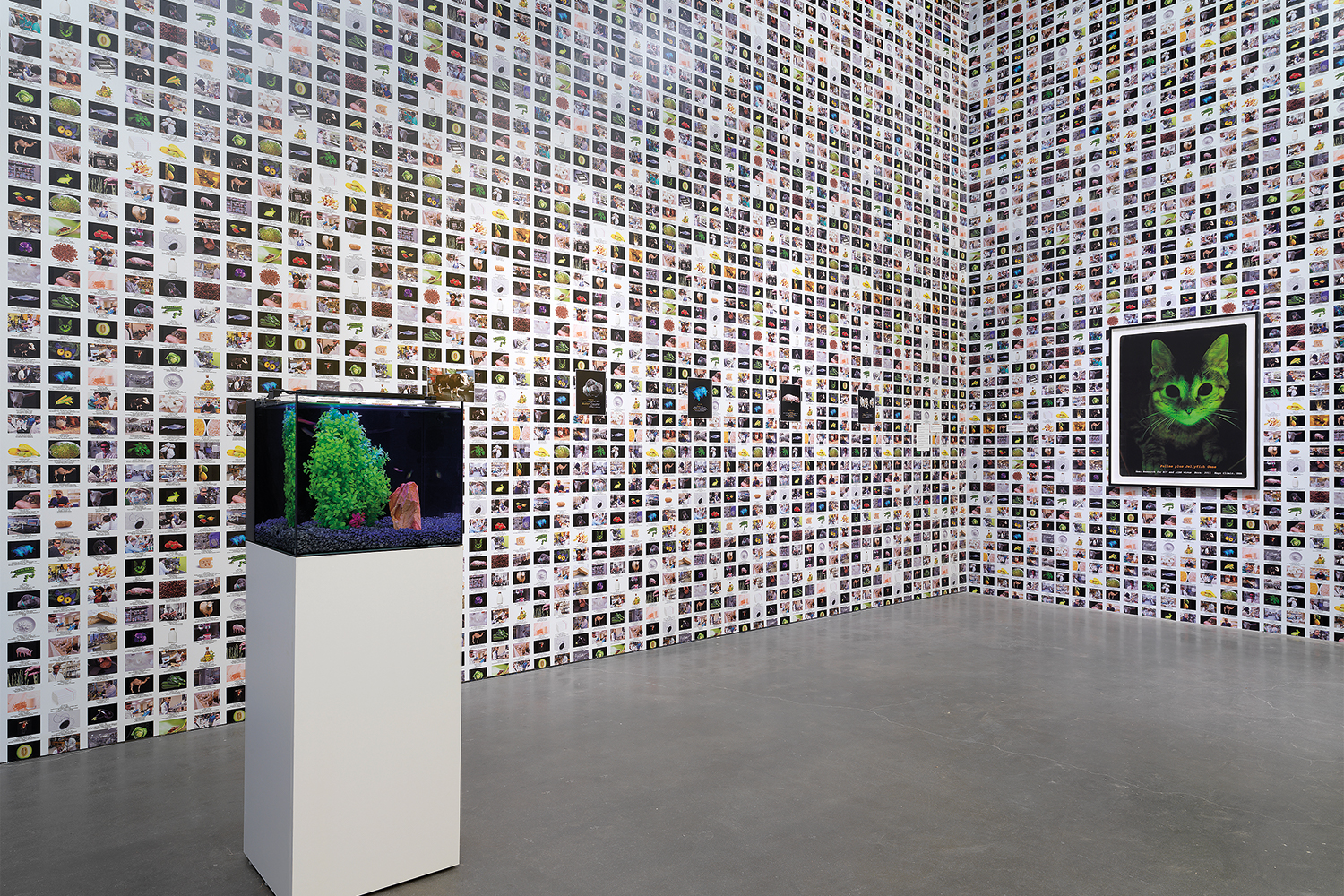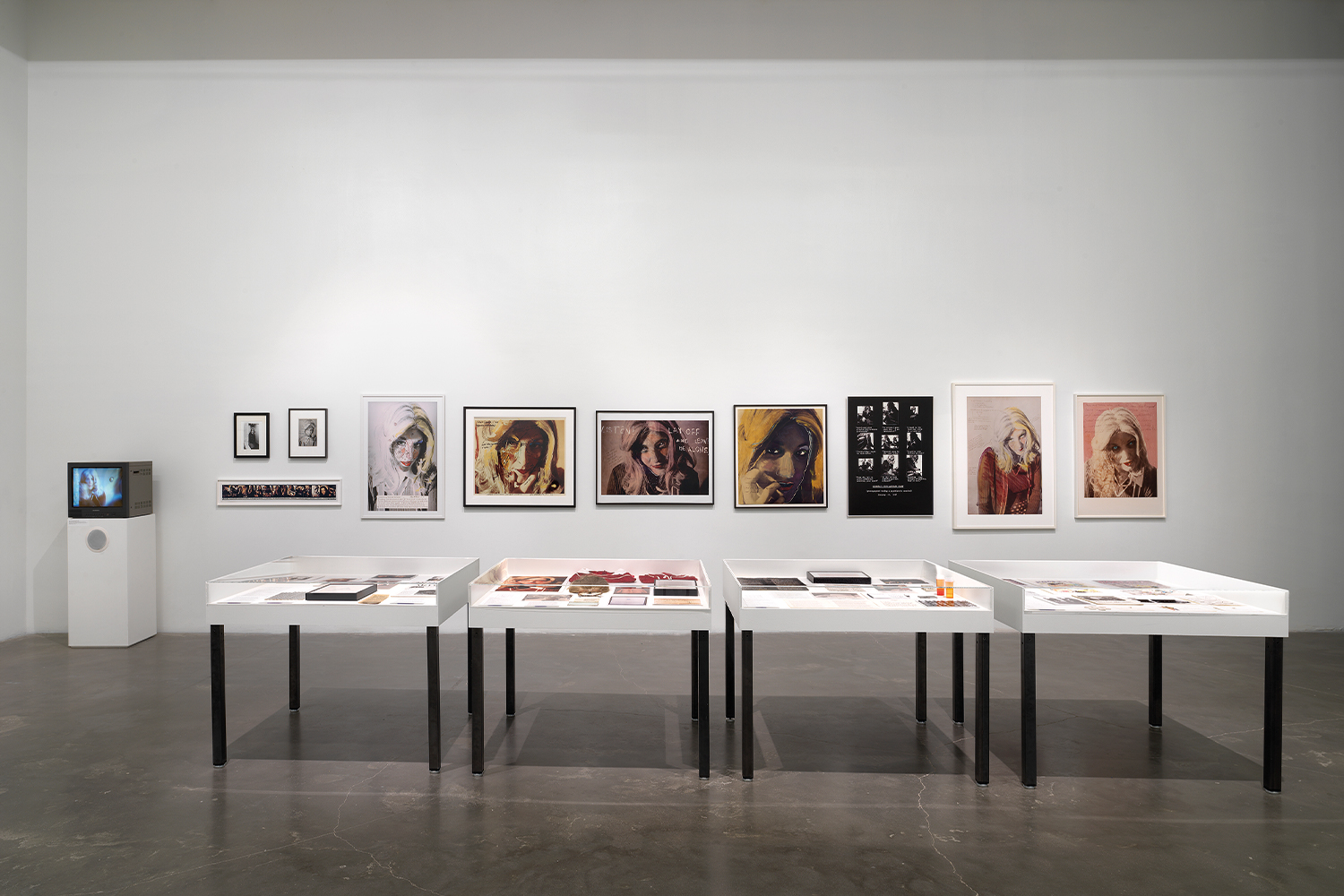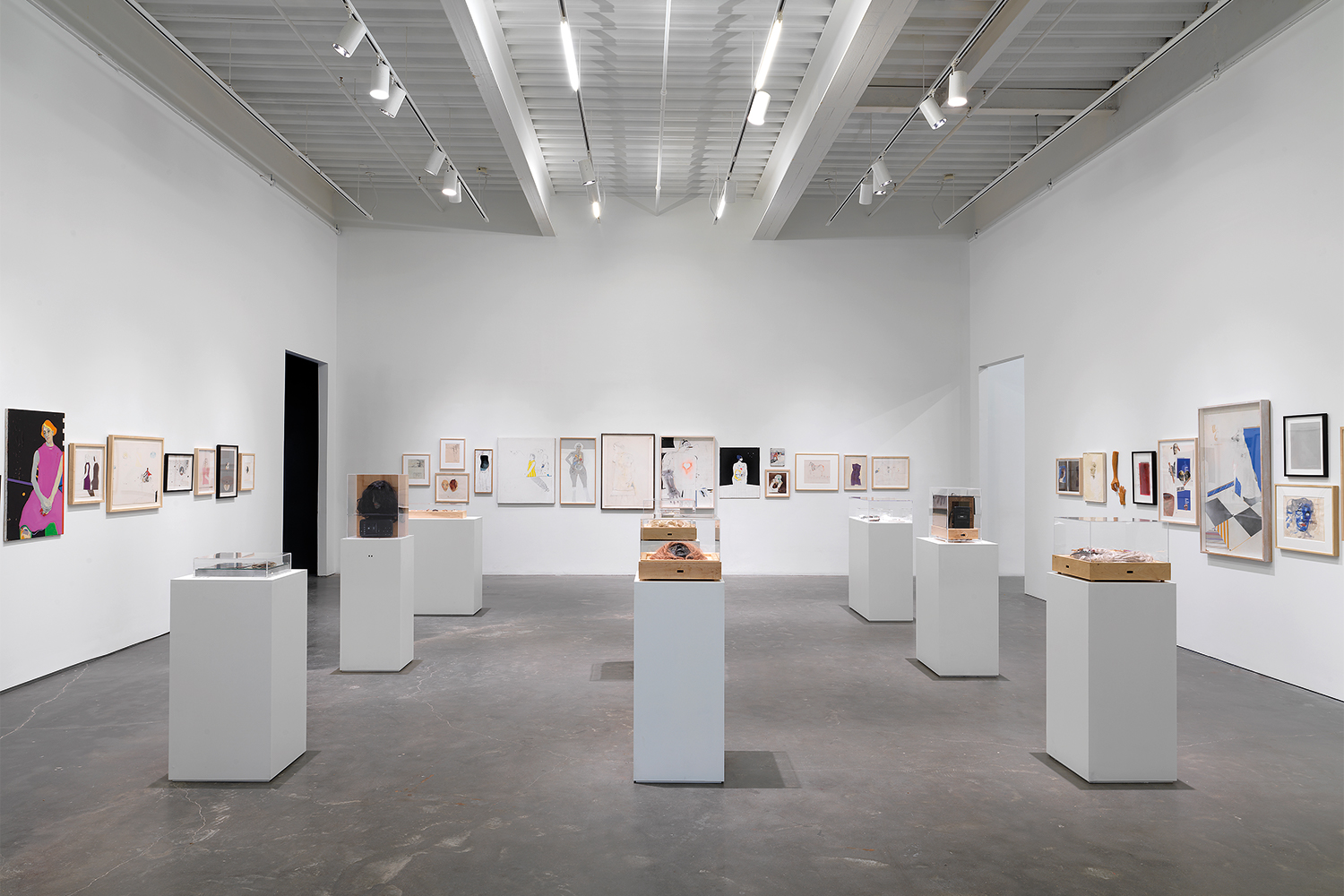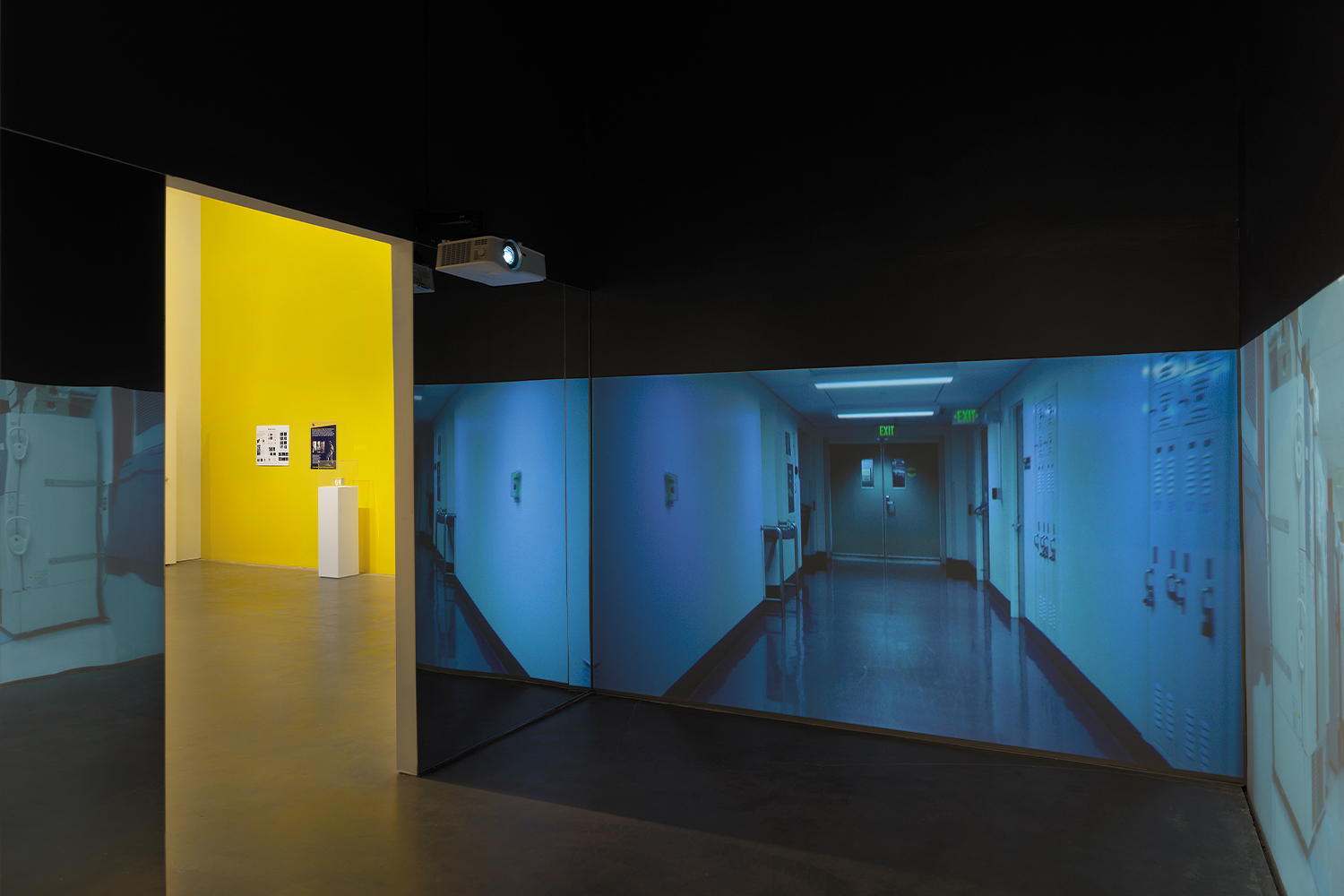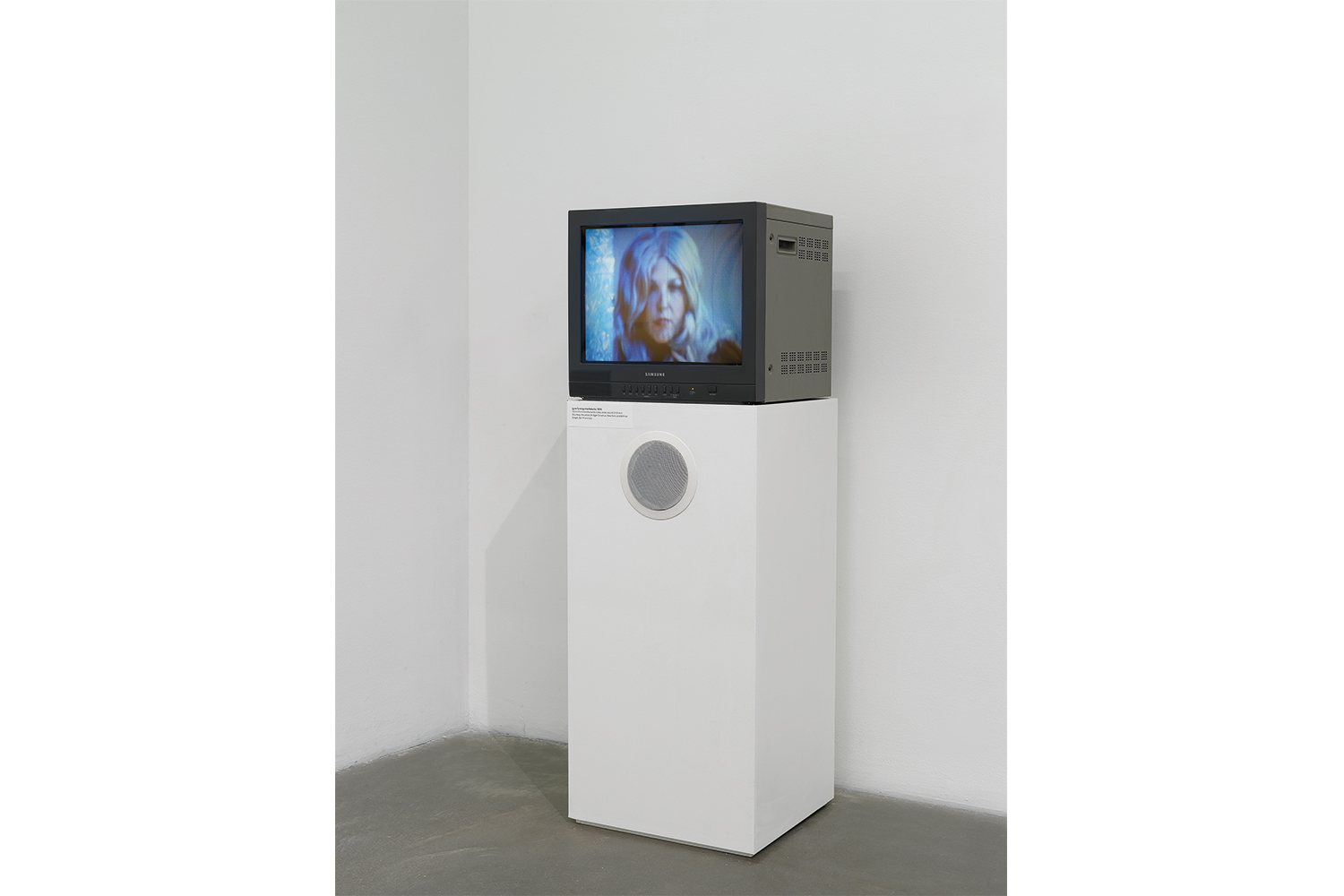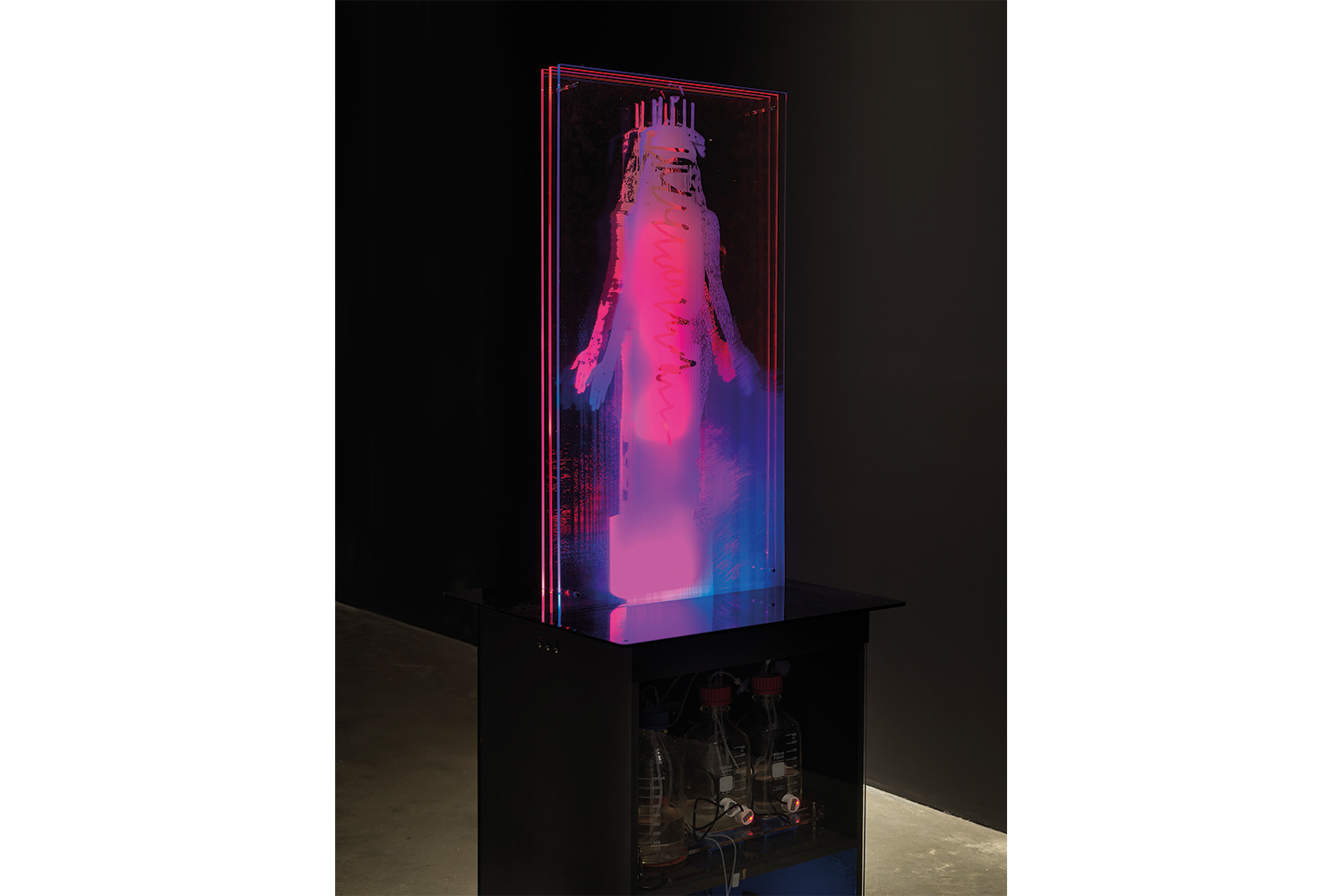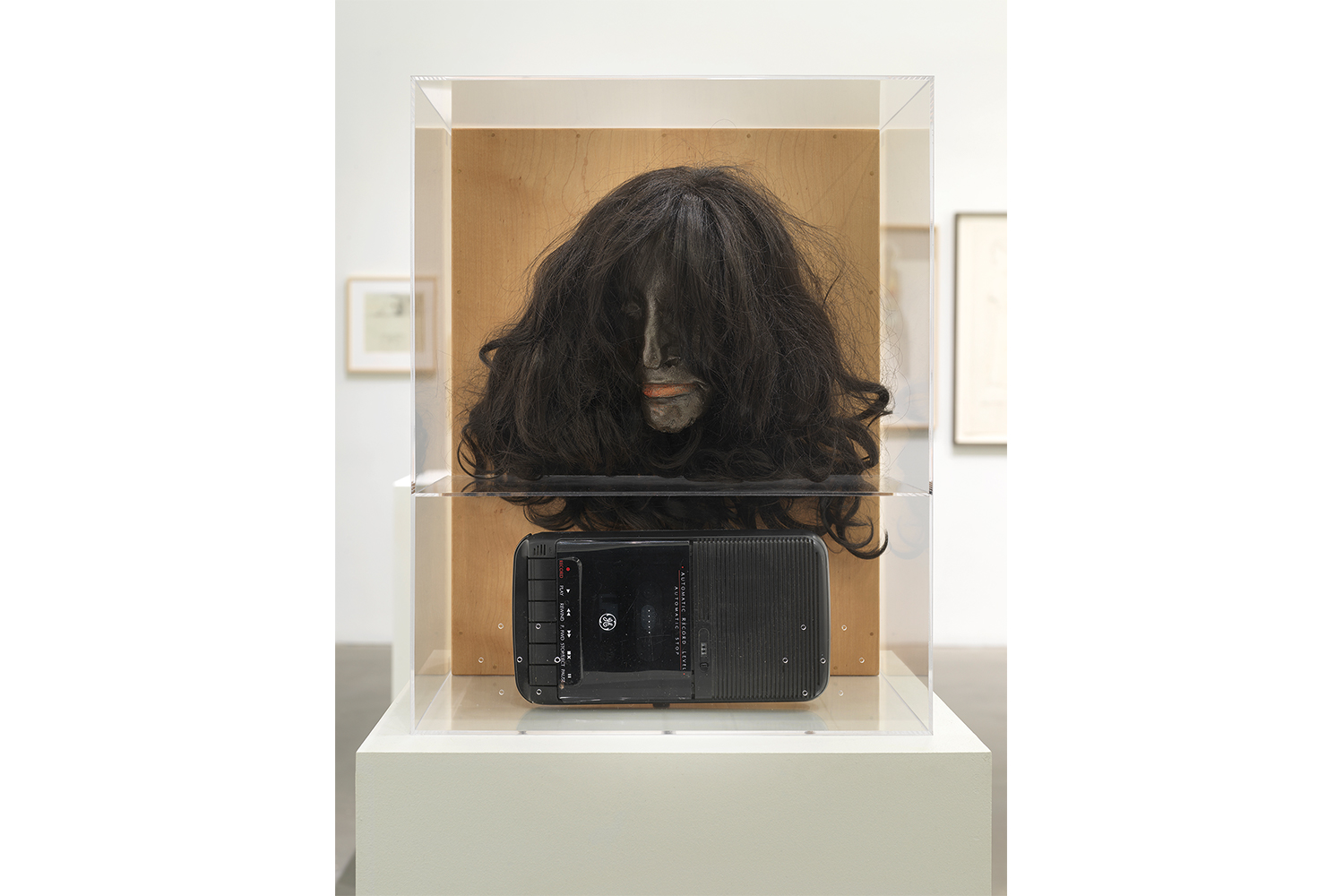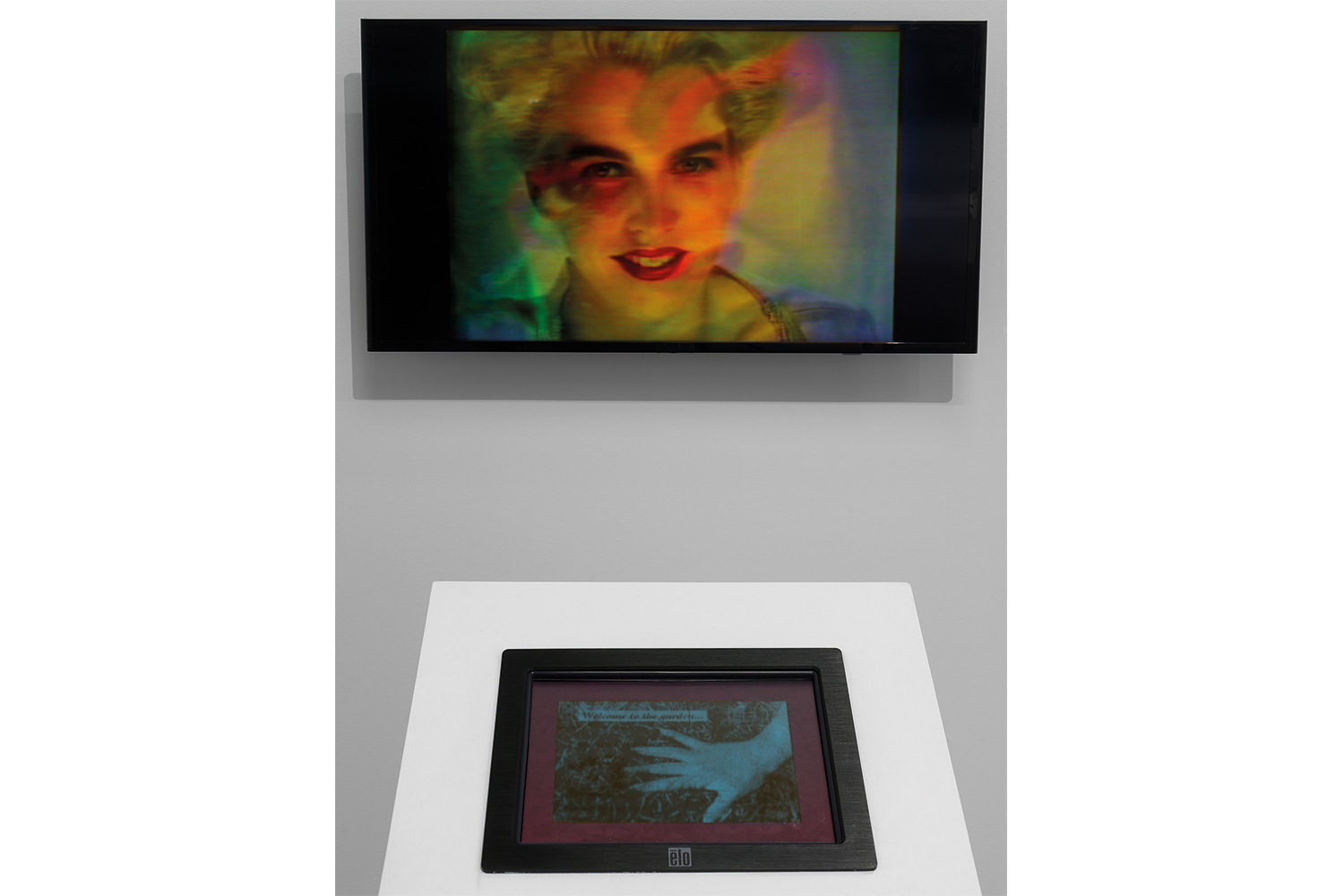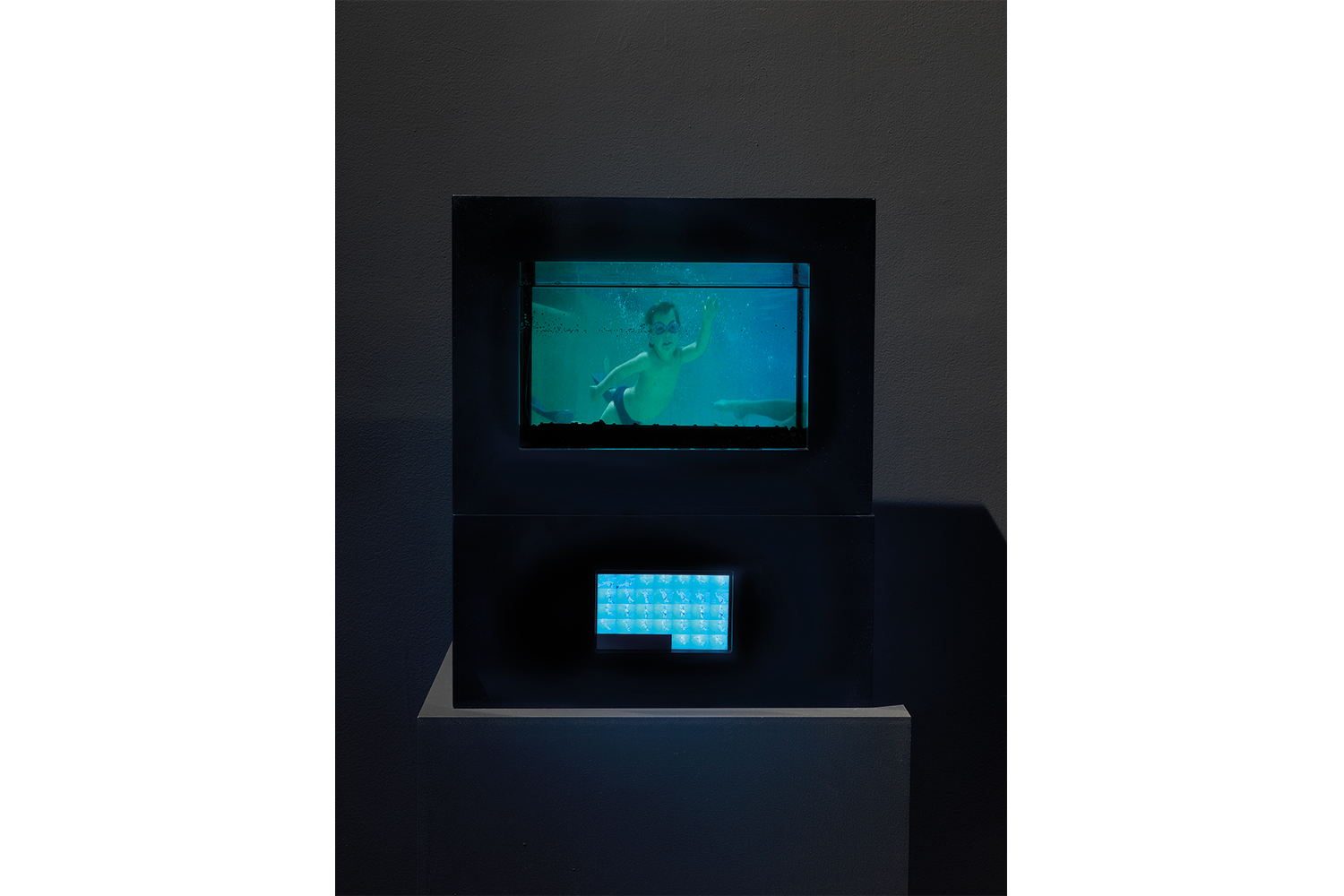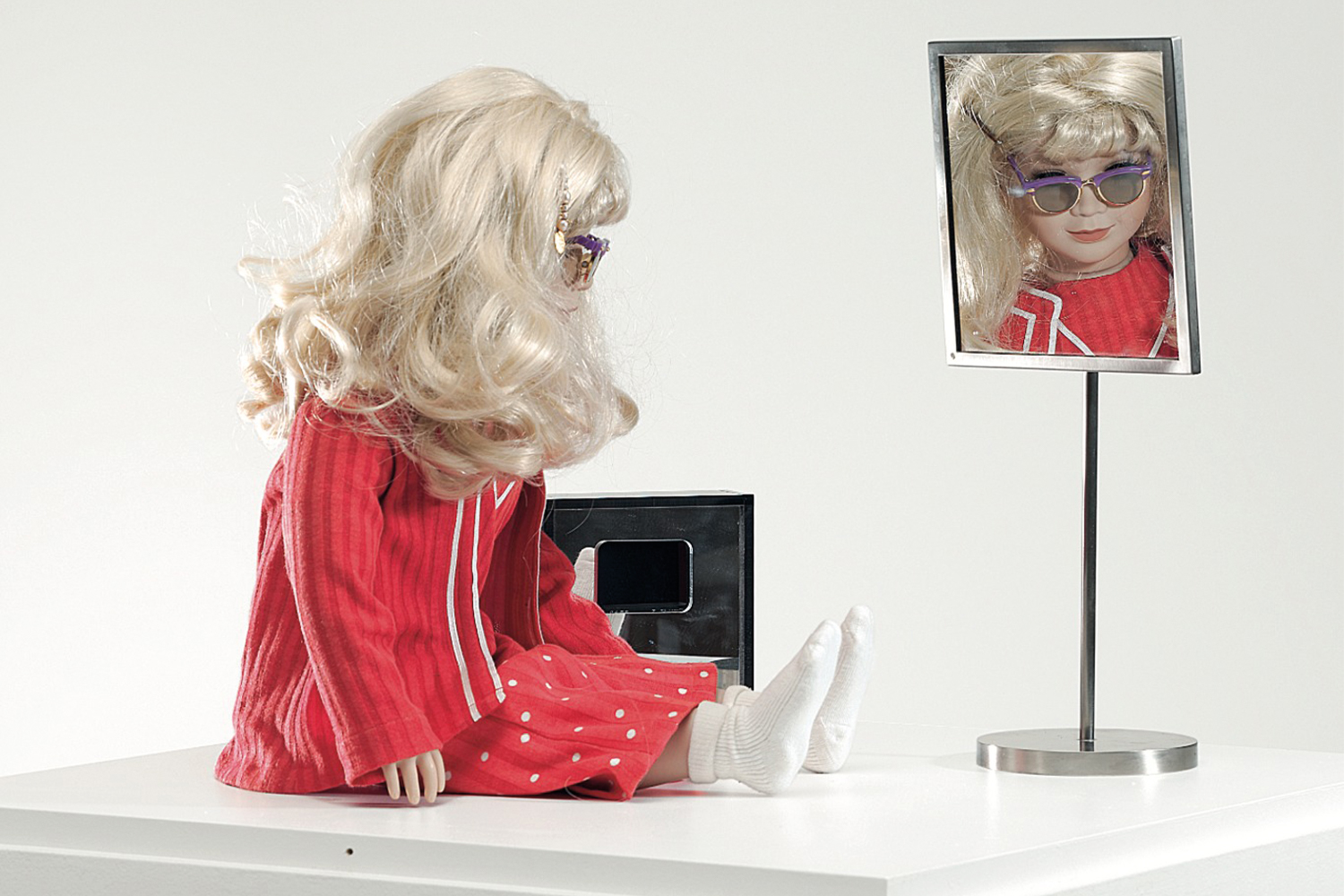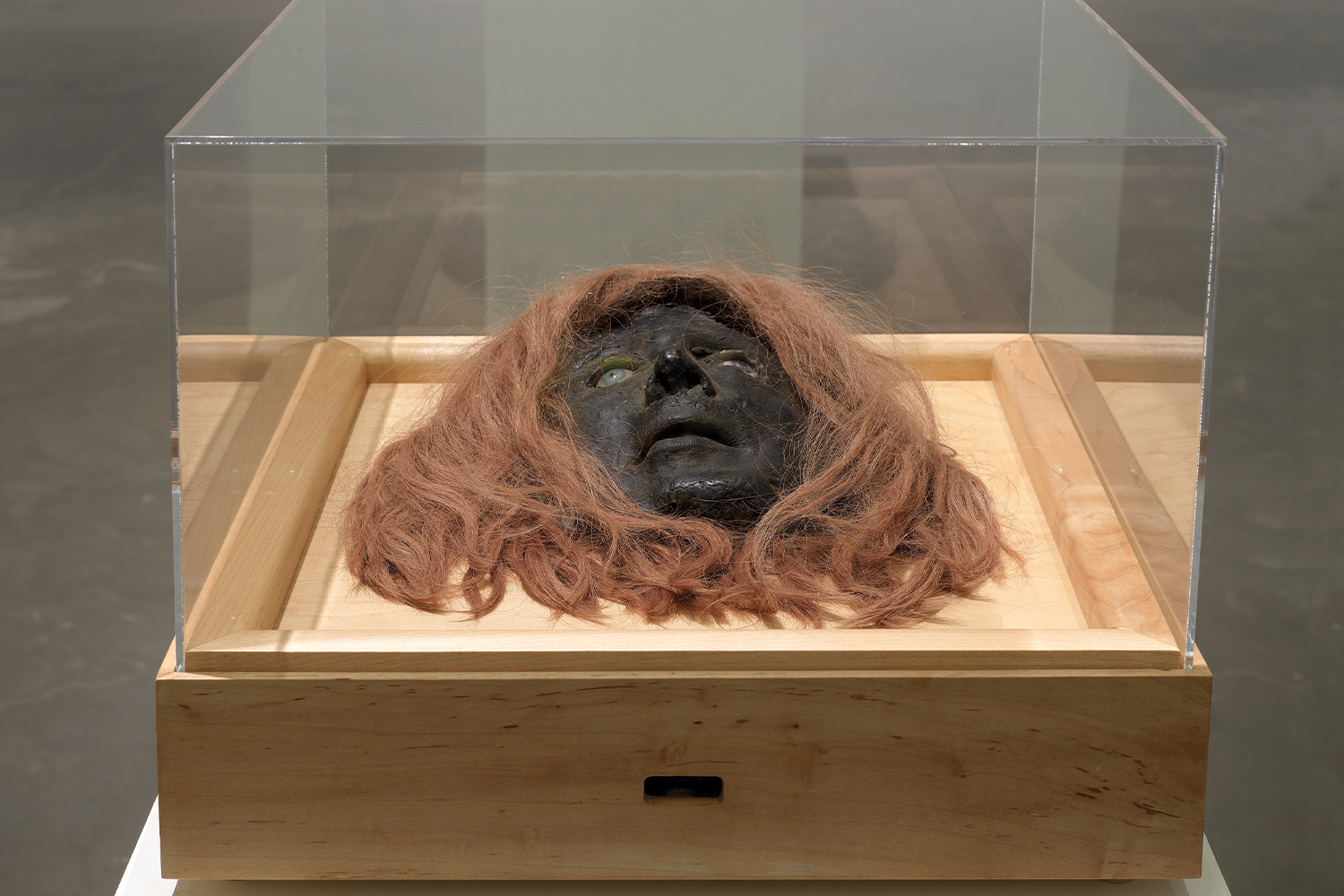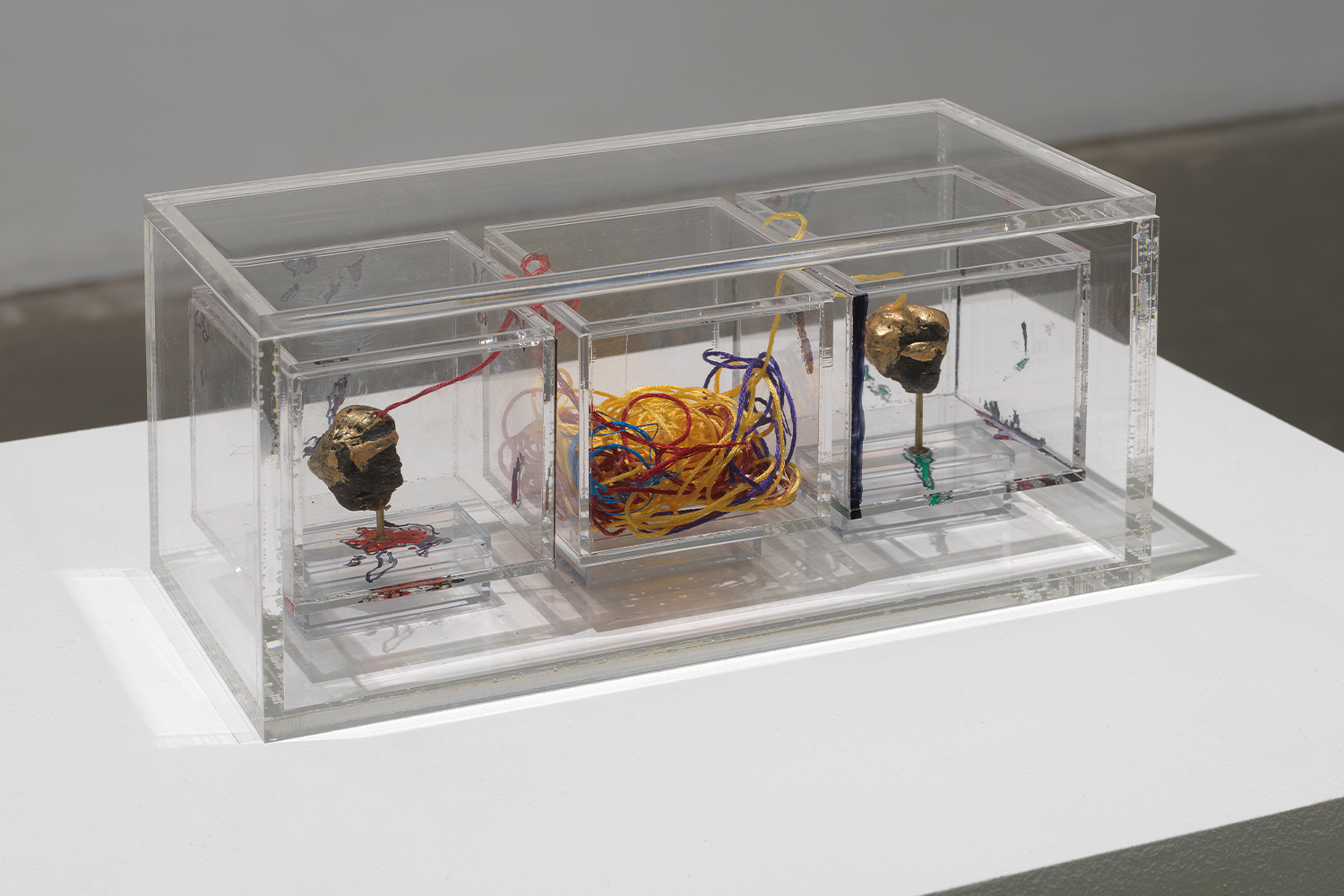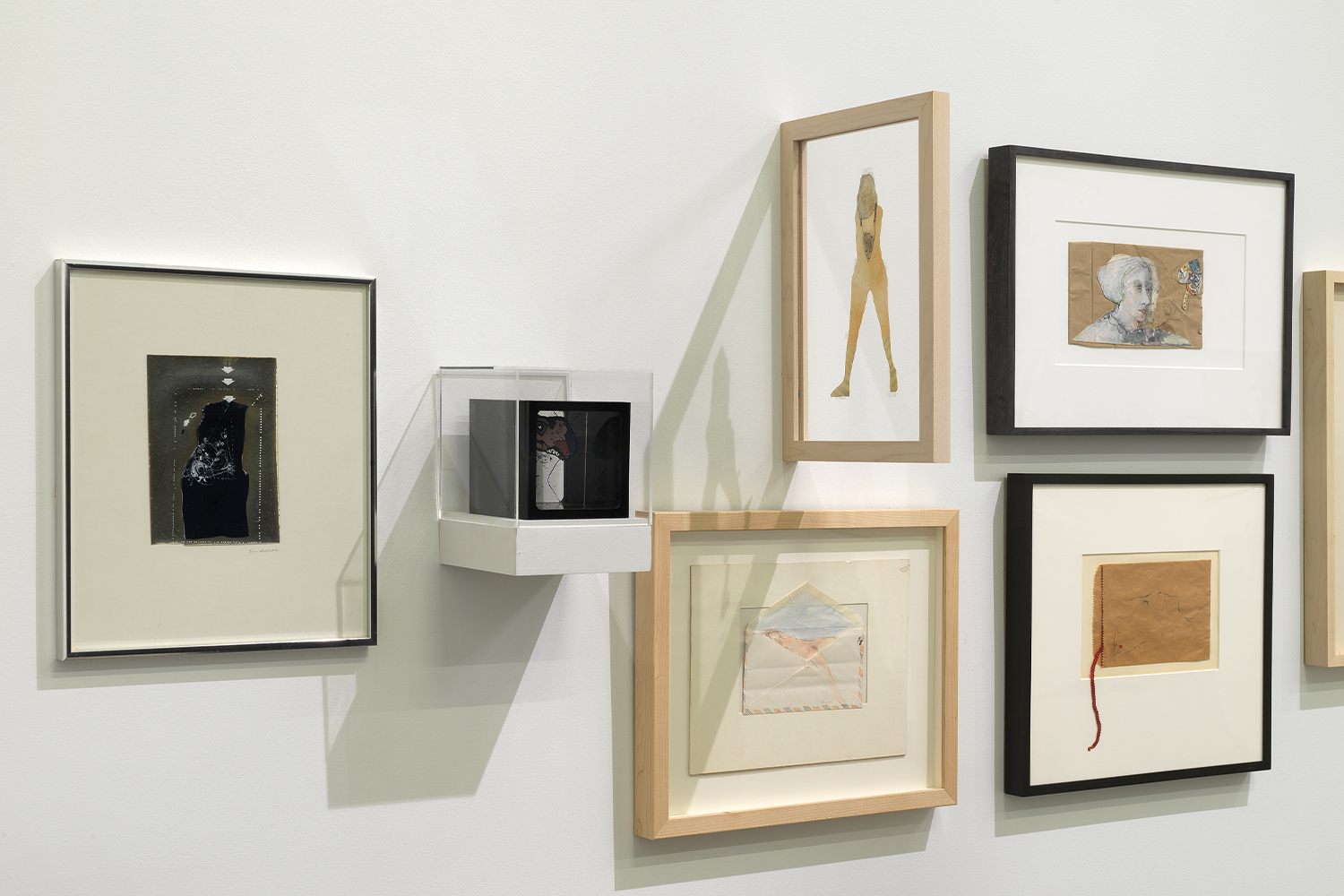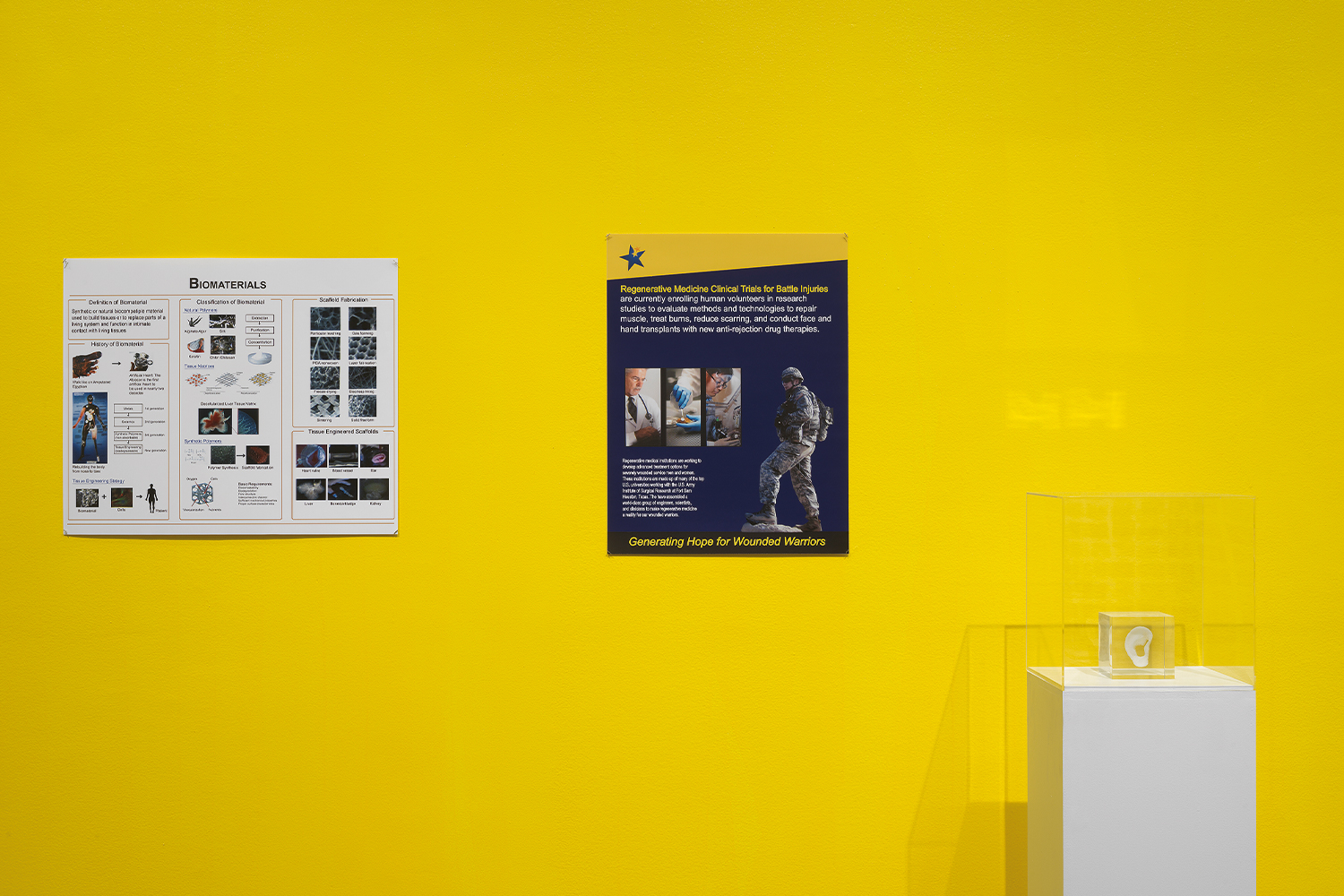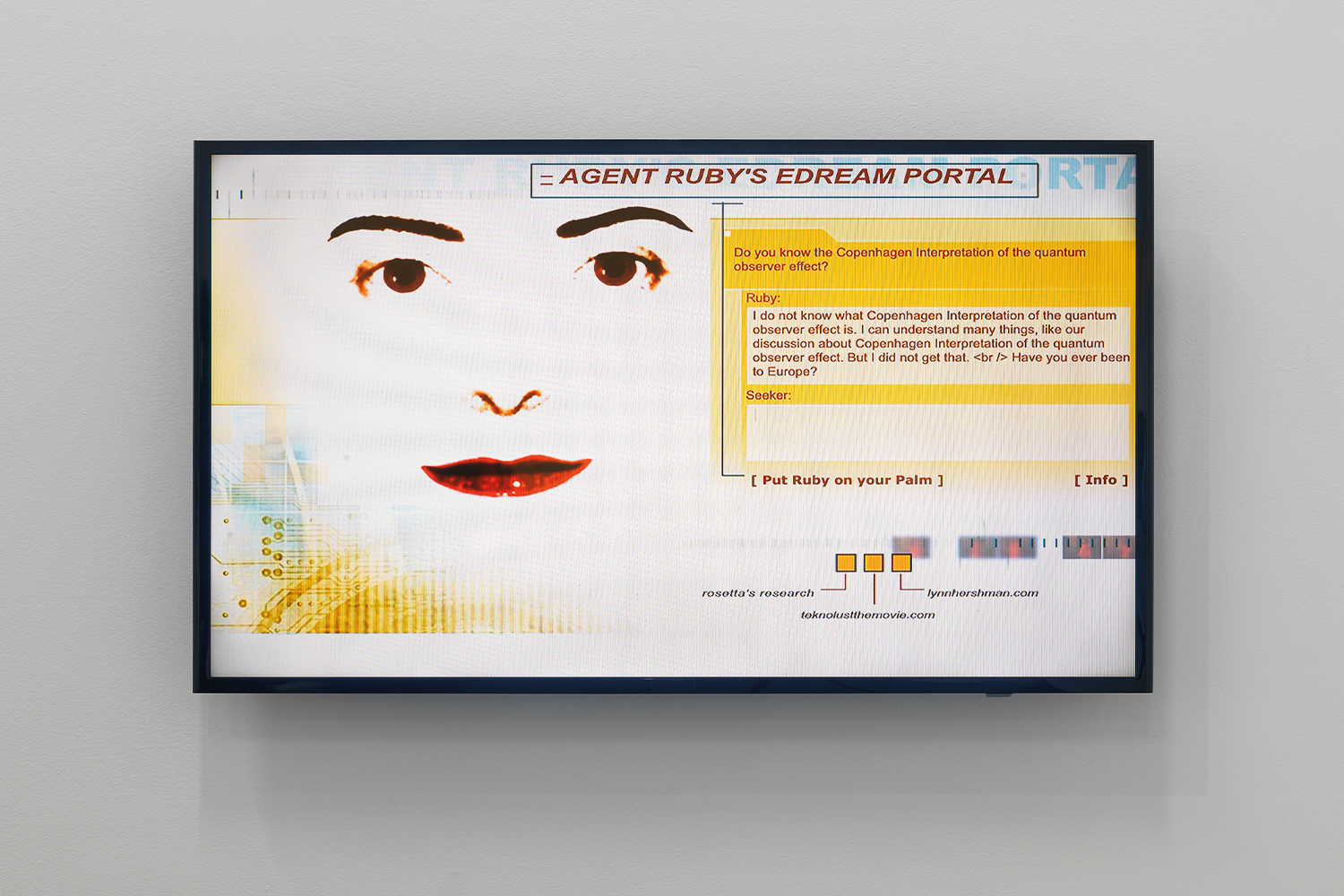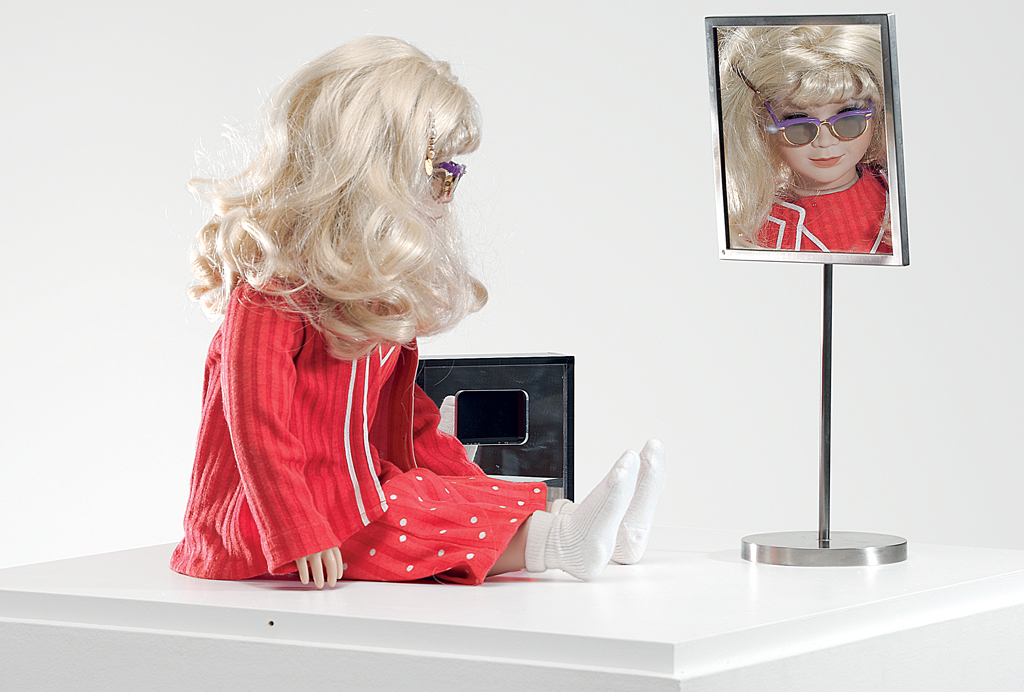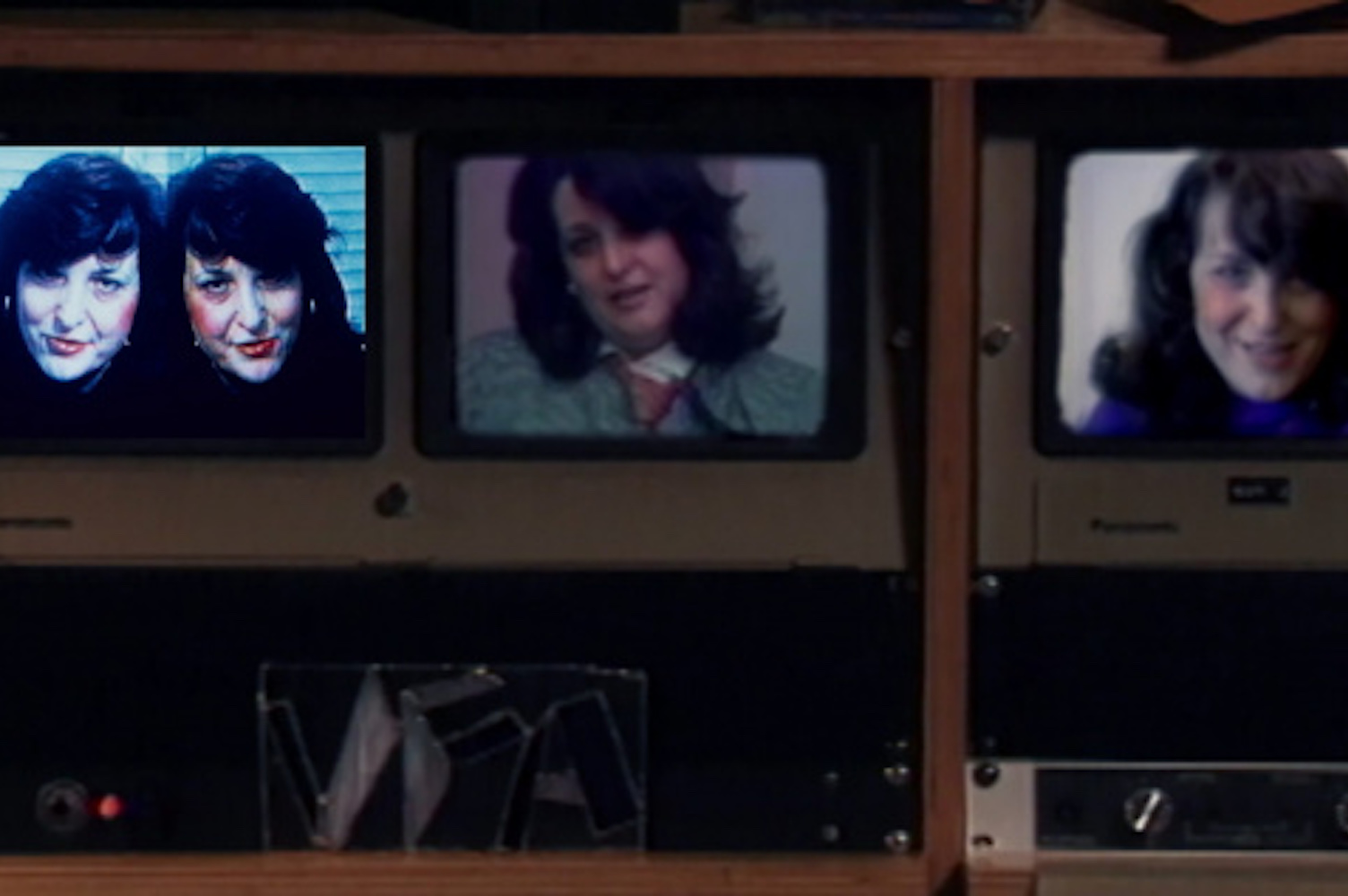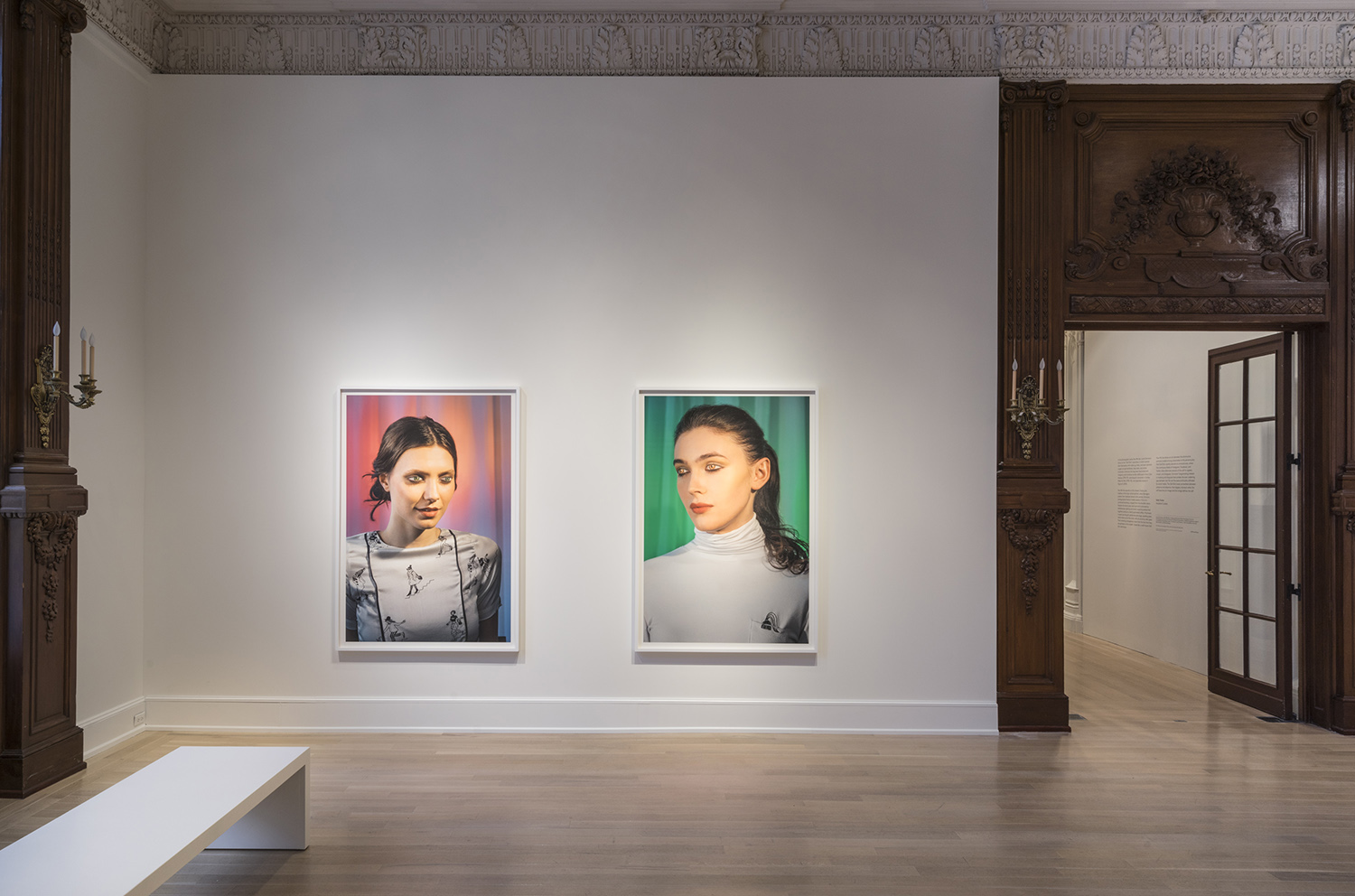Lynn Hershman Leeson, “Twisted”. Exhibition view at New Museum, New York, 2021. Photography by Dario Lasagni. Courtesy of New Museum, New York.
Lynn Hershman Leeson, “Twisted”. Exhibition view at New Museum, New York, 2021. Photography by Dario Lasagni. Courtesy of New Museum, New York.
Lynn Hershman Leeson, “Twisted”. Exhibition view at New Museum, New York, 2021. Photography by Dario Lasagni. Courtesy of New Museum, New York.
Lynn Hershman Leeson, “Twisted”. Exhibition view at New Museum, New York, 2021. Photography by Dario Lasagni. Courtesy of New Museum, New York.
Lynn Hershman Leeson, “Twisted”. Exhibition view at New Museum, New York, 2021. Photography by Dario Lasagni. Courtesy of New Museum, New York.
Lynn Hershman Leeson, “Twisted”. Exhibition view at New Museum, New York, 2021. Photography by Dario Lasagni. Courtesy of New Museum, New York.
Lynn Hershman Leeson, “Twisted”. Exhibition view at New Museum, New York, 2021. Photography by Dario Lasagni. Courtesy of New Museum, New York.
Lynn Hershman Leeson, “Twisted”. Exhibition view at New Museum, New York, 2021. Photography by Dario Lasagni. Courtesy of New Museum, New York.
For over fifty years, Lynn Hershman Leeson has created an innovative and prescient body of work that mines the intersections of technology and the self. Known for her groundbreaking contributions to media art, Hershman Leeson has consistently worked with the latest technologies, from Artificial Intelligence to DNA programming, often anticipating the impact of technological developments on society. As the artist posited in 1998, “Imagine a world in which there is a blurring between the soul and the chip, a world in which artificially implanted DNA is genetically bred to create an enlightened and self-replicating intelligent machine, which perhaps uses a human body as a vehicle for mobility.”
Lynn Hershman Leeson, “Twisted”. Exhibition view at New Museum, New York, 2021. Photography by Dario Lasagni. Courtesy of New Museum, New York.
Lynn Hershman Leeson, “Twisted”. Exhibition view at New Museum, New York, 2021. Photography by Dario Lasagni. Courtesy of New Museum, New York.
Lynn Hershman Leeson, “Twisted”. Exhibition view at New Museum, New York, 2021. Photography by Dario Lasagni. Courtesy of New Museum, New York.
Lynn Hershman Leeson, “Twisted”. Exhibition view at New Museum, New York, 2021. Photography by Dario Lasagni. Courtesy of New Museum, New York.
Lynn Hershman Leeson, “Twisted”. Exhibition view at New Museum, New York, 2021. Photography by Dario Lasagni. Courtesy of New Museum, New York.
Lynn Hershman Leeson, “Twisted”. Exhibition view at New Museum, New York, 2021. Photography by Dario Lasagni. Courtesy of New Museum, New York.
Lynn Hershman Leeson, “Twisted”. Exhibition view at New Museum, New York, 2021. Photography by Dario Lasagni. Courtesy of New Museum, New York.
Lynn Hershman Leeson, “Twisted”. Exhibition view at New Museum, New York, 2021. Photography by Dario Lasagni. Courtesy of New Museum, New York.
The exhibition will bring together a selection of Hershman Leeson’s work in drawing, sculpture, video, and photography, along with interactive and net-based works, focusing on themes of transmutation, identity construction, and the evolution of the cyborg. Filling the New Museum’s Second Floor galleries, this presentation will include some of the artist’s most important projects, including wax-cast Breathing Machine sculptures (1965–68) and selections from hundreds of early drawings from the 1960s, many of which have never been exhibited before. Works from the Roberta Breitmore series (1973–78), perhaps her best-known project, in which she transformed her identity into a fictional persona, will be shown alongside her video Seduction of a Cyborg (1994) and selections from the series Water Women (1976–present), Phantom Limb (1985–88), and Cyborg (1996–2006), among others.
Lynn Hershman Leeson, CyberRoberta, 1996. Custom-made doll, clothing, glasses, webcam, surveillance camera, mirror, original programming, and telerobotic head-rotating system. 45 x 45 x 20 cm. Courtesy of the artist; Bridget Donahue Gallery, New York; and Altman Siegel, San Francisco.
Lynn Hershman Leeson, “Twisted”. Exhibition view at New Museum, New York, 2021. Photography by Dario Lasagni. Courtesy of New Museum, New York.
Lynn Hershman Leeson, “Twisted”. Exhibition view at New Museum, New York, 2021. Photography by Dario Lasagni. Courtesy of New Museum, New York.
Lynn Hershman Leeson, “Twisted”. Exhibition view at New Museum, New York, 2021. Photography by Dario Lasagni. Courtesy of New Museum, New York.
Lynn Hershman Leeson, “Twisted”. Exhibition view at New Museum, New York, 2021. Photography by Dario Lasagni. Courtesy of New Museum, New York.
Lynn Hershman Leeson, “Twisted”. Exhibition view at New Museum, New York, 2021. Photography by Dario Lasagni. Courtesy of New Museum, New York.
Lynn Hershman Leeson, “Twisted”. Exhibition view at New Museum, New York, 2021. Photography by Dario Lasagni. Courtesy of New Museum, New York.
Lynn Hershman Leeson, “Twisted”. Exhibition view at New Museum, New York, 2021. Photography by Dario Lasagni. Courtesy of New Museum, New York.
The exhibition will also include Hershman Leeson’s most recent large-scale project, Infinity Engine (2014–present), a multimedia installation based on a genetics laboratory that explores the effects of genetic engineering on society. Together, the works in the exhibition will trace the ever-intertwined relationship between the technological and the corporeal, illuminating the political and social consequences of scientific advances on our most intimate selves and biological lives.


